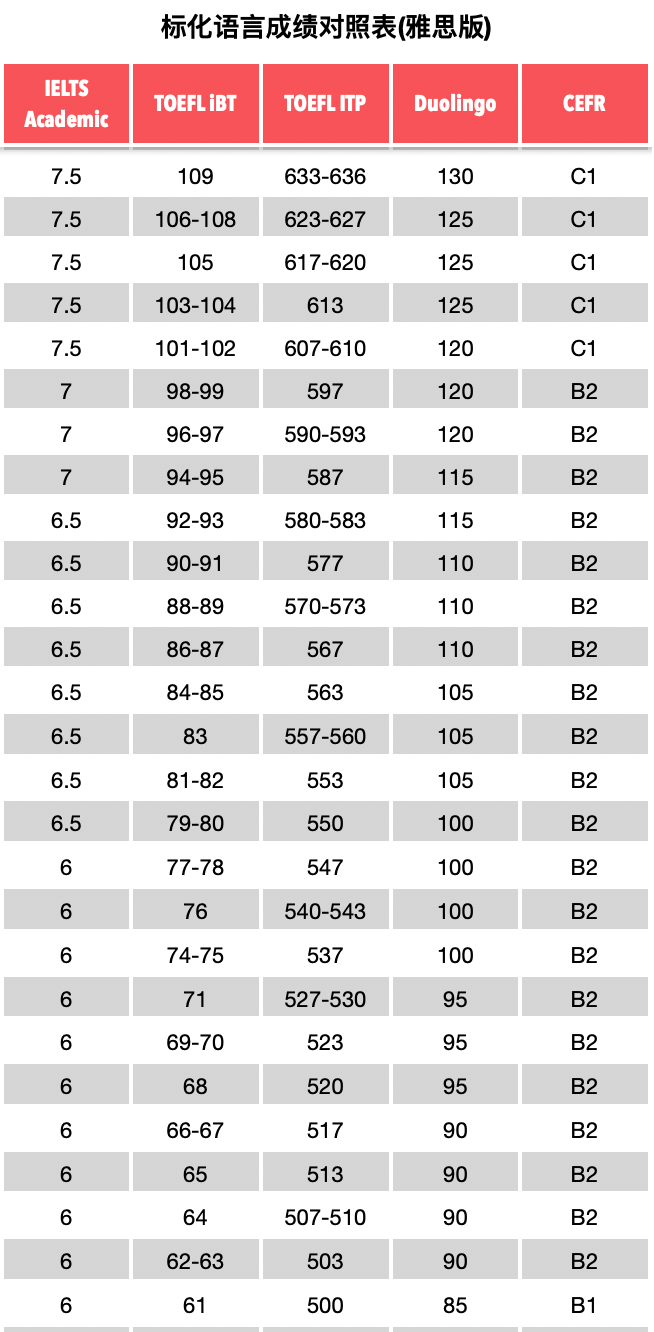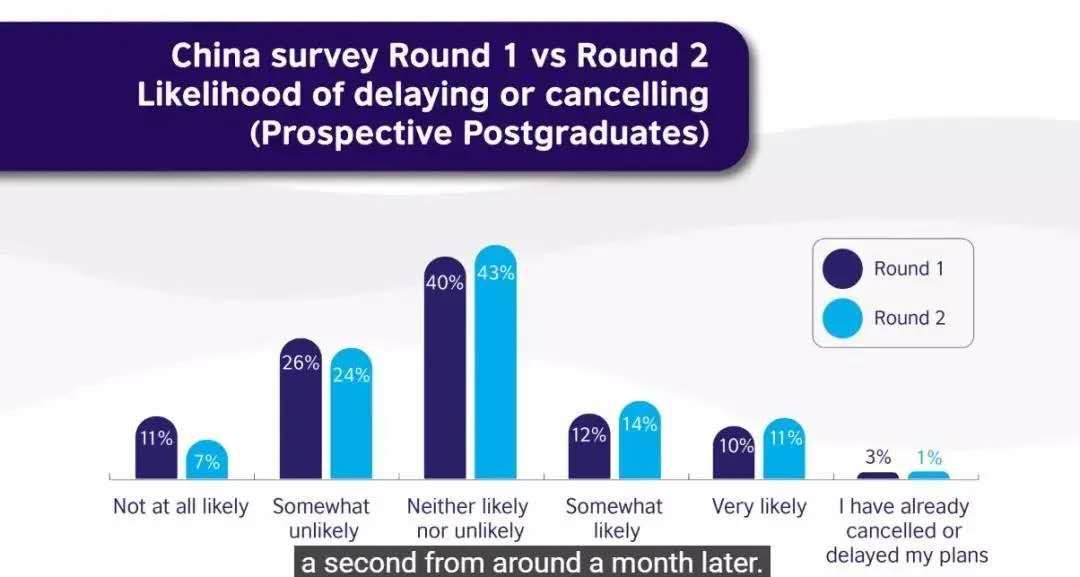雅思报考指南 ,如何选择适合自己的考试类别?今天小编给大家带来雅思报考指南 ,希望能够帮助到大家,下面小编就和大家分享,来欣赏一下吧。
雅思报考指南 如何选择适合自己的考试类别?
一、雅思考试类型
雅思考试分成三大类:
1、普通雅思考试
2、用于英国签证及移民的雅思考试(UKVI)
3、雅思生活及技能考试
① 雅思考试(即普通雅思考试)
普通雅思考试分为学术类(A类)和培训类(G类)。
这两种类型的考试均由听力、阅读、写作和口语四部分组成。其中,A类和G类的听力和口语使用相同的试题,阅读和写作使用不同试题。
A类:适用于出国留学申请本科,研究生及以上学位,去英国读本科,读硕士什么的需要提供A类雅思成绩。
G类:针对非学术目的,例如去英国参加工作或者是去接受培训及非文凭类课程的移民可根据要求提供G类成绩。
② 英国签证及移民的雅思考试(UKVI)
用于英国签证及移民的雅思考试是为满足英国签证与移民局(UKVI)所规定的特殊考务要求而开设的考试。该考试的考试内容,形式, 难度等级, 考官及评分标准等均与现有雅思考试相同。仅考试成绩单会有些许不同,其上会注明考生参加的是用于英国签证及移民的雅思考试。
③ 雅思生活及技能考试
测试考生的英语口语与听力水平,分为CEFR(欧洲语言共同参考框架)A1及B1级别两类。该考试旨在满足英国签证与移民局(UKVI)对英国特定签证申请的要求。CEFR标准国际通用,主要用于衡量语言学习者使用某种语言的熟练程度。
A1级别,适用于:配偶,探亲类英国签证申请,难度等同于英国国家资格框架(NQF)中定义的英语入门1级水平。
B1级别,适用于:入籍,永居类英国签证申请,难度等同于英国国家资格框架(NQF)中定义的英语入门3级水平。
二、雅思考试类普通雅思和UKVI区别
其实签证类雅思考试(IELTS for UKVI)与普通雅思考试(IELTS)从考试内容、形式、难度等级、考官及评分标准均完全相同。但相比普通雅思考试来说,选择UKVI的人次较少一些。主要还是在于以下几个方面:
1、安全监控级别不同
英国签证与移民局将加入到考试安全级别的监管之中。为满足英国签证与移民局对安全监控的要求,承办IELTS for UKVI(英国签证和移民局) 的考点,其安全监控技术和级别将更高。
2、考点不同
目前普通雅思考点在中国大陆内很多,而 UKVI考点则比较少。但各地陆续会有新增考点,具体考点信息各位同学们请关注雅思考试中文官方网站的动态。
3、费用不同
普通雅思:2020元;
UKVI雅思:2070元;
雅思生活技能类考试:1550元;
三、我应该考哪种雅思?
以留学为例。如果学生可以去英国直接就读本科,硕士,博士学位课程,如果学校不做要求,考普通雅思就可以了。
但是如果有小伙伴要读非学位课程,如中学、大专、预科、语言课程、本科预科、大一文凭课程、硕士预科课程等等,则需要考UKVI雅思。
需要注意的是,普通雅思和UKVI雅思都能申请正课,但普通雅思不能申请语言课。
也就是说,如果学生先考了普通雅思,但成绩没达到学校正课offer的要求,要配读语言课,那他就需要重新考UKI雅思。
四、关于雅思考试的小“TIP”
1. 在国内考雅思考试是非常方便的,但由于考位有限,建议至少提前1~2个月报名!
2. 雅思考试费一直在“悄悄的”涨价,从省钱的角度,还是争取一次性通过吧。
雅思阅读全真练习系列:Why did a promising heart drug fail
Why did a promising heart drug fail?
Doomed drug highlights complications of meddling with cholesterol.
1. The failure of a high-profile cholesterol drug has thrown a spotlight on the complicated machinery that regulates cholesterol levels. But many researchers remain confident that drugs to boost levels of 'good' cholesterol are still one of the most promising means to combat spiralling heart disease.
2. Drug company Pfizer announced on 2 December that it was cancelling all clinical trials of torcetrapib, a drug designed to raise heart-protective high-density lipoproteins (HDLs). In a trial of 15000 patients, a safety board found that more people died or suffered cardiovascular problems after taking the drug plus a cholesterol-lowering statin than those in a control group who took the statin alone.
3. The news came as a kick in the teeth to many cardiologists because earlier tests in animals and people suggested it would lower rates of cardiovascular disease. "There have been no red flags to my knowledge," says John Chapman, a specialist in lipoproteins and atherosclerosis at the National Institute for Health and Medical Research (INSERM) in Paris who has also studied torcetrapib. "This cancellation came as a complete shock."
4. Torcetrapib is one of the most advanced of a new breed of drugs designed to raise levels of HDLs, which ferry cholesterol out of artery-clogging plaques to the liver for removal from the body. Specifically, torcetrapib blocks a protein called cholesterol ester transfer protein (CETP), which normally transfers the cholesterol from high-density lipoproteins to low density, plaque-promoting ones. Statins, in contrast, mainly work by lowering the 'bad' low-density lipoproteins.
Under pressure
5. Researchers are now trying to work out why and how the drug backfired, something that will not become clear until the clinical details are released by Pfizer. One hint lies in evidence from earlier trials that it slightly raises blood pressure in some patients. It was thought that this mild problem would be offset by the heart benefits of the drug. But it is possible that it actually proved fatal in some patients who already suffered high blood pressure. If blood pressure is the explanation, it would actually be good news for drug developers because it suggests that the problems are specific to this compound. Other prototype drugs that are being developed to block CETP work in a slightly different way and might not suffer the same downfall.
6. But it is also possible that the whole idea of blocking CETP is flawed, says Moti Kashyap, who directs atherosclerosis research at the VA Medical Center in Long Beach, California. When HDLs excrete cholesterol in the liver, they actually rely on LDLs for part of this process. So inhibiting CETP, which prevents the transfer of cholesterol from HDL to LDL, might actually cause an abnormal and irreversible accumulation of cholesterol in the body. "You're blocking a physiologic mechanism to eliminate cholesterol and effectively constipating the pathway," says Kashyap.
Going up
7. Most researchers remain confident that elevating high density lipoproteins levels by one means or another is one of the best routes for helping heart disease patients. But HDLs are complex and not entirely understood. One approved drug, called niacin, is known to both raise HDL and reduce cardiovascular risk but also causes an unpleasant sensation of heat and tingling. Researchers are exploring whether they can bypass this side effect and whether niacin can lower disease risk more than statins alone. Scientists are also working on several other means to bump up high-density lipoproteins by, for example, introducing synthetic HDLs. "The only thing we know is dead in the water is torcetrapib, not the whole idea of raising HDL," says Michael Miller, director of preventive cardiology at the University of Maryland Medical Center, Baltimore.
(613 words nature)
Questions 1-7 This passage has 7 paragraphs 1-7.
Choose the correct heading for each paragraph from the list of headings below.
Write the correct number i-ix in boxes 1-7 on your answer sheet.
List of Headings
i. How does torcetrapib work?
ii. Contradictory result prior to the current trial
iii. One failure may possibly bring about future success
iv. The failure doesn’t lead to total loss of confidence
v. It is the right route to follow
vi. Why it’s stopped
vii. They may combine and theoretically produce ideal result
viii. What’s wrong with the drug
ix. It might be wrong at the first place
Example answer
Paragraph 1 iv
1. Paragraph 2
2. Paragraph 3
3. Paragraph 4
4. Paragraph 5
5. Paragraph 6
6. Paragraph 7
Questions 7-13 Match torcetrapib,HDLs,statin and CETP with their functions (Questions 8-13)..
Write the correct letter A, B, C or D in boxes 8-13 on your answer sheet.
NB You may use any letter more than once.
7.It has been administered to over 10,000 subjects in a clinical trial.
8.It could help rid human body of cholesterol.
9.Researchers are yet to find more about it.
10. It was used to reduce the level of cholesterol.
11. According to Kashyap, it might lead to unwanted result if it’s blocked.
12. It produced contradictory results in different trials.
13. It could inhibit LDLs.
List of choices
A. Torcetrapic
B. HDLS
C. Statin
D. CETP
答案:7-13ABBCDAC
雅思报考指南之如何选择适合自己的考试类别
上一篇:雅思考试三种类别该如何选
下一篇:报考雅思考试指南了解一下






